It’s hard to imagine a fire that never dies—a silent beast lurking beneath the earth, breathing heat and poison for decades. Yet, in the heart of Pennsylvania, that’s exactly what you’ll find. Deep below the abandoned streets of Centralia, an invisible inferno has been burning since 1962, reshaping the landscape, scattering families, and turning a once-bustling mining town into a haunting, smoky relic. This is not just a story of science or disaster; it’s a living, burning testament to the power of human error and nature’s persistence. If you’ve ever wondered what happens when fire refuses to be tamed, step into the story of Pennsylvania’s burning mountain—a place where the ground itself is alive with heat, danger, and the echoes of a vanished community.
The Spark That Started It All
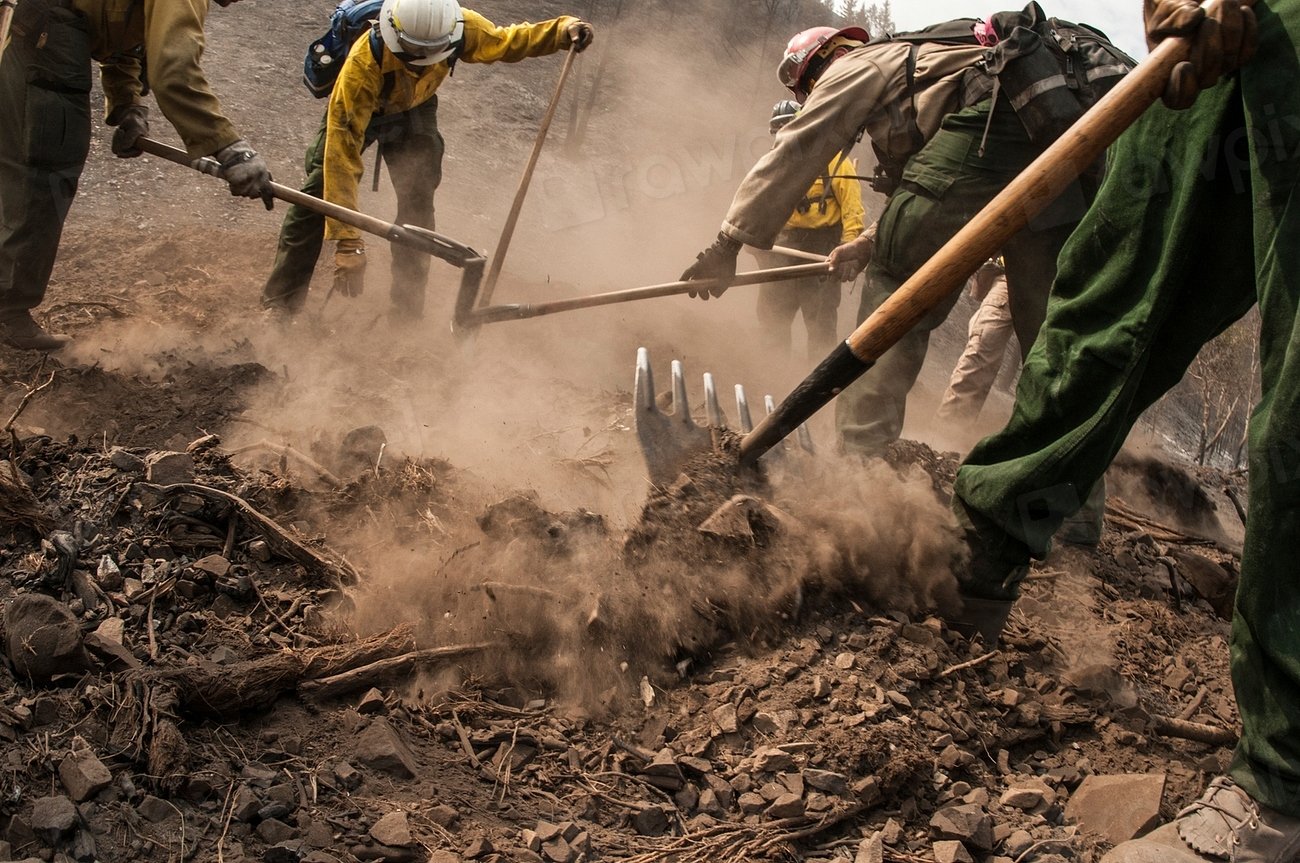
The fire’s origin isn’t shrouded in mystery so much as in irony. In the spring of 1962, a seemingly routine act set the stage for endless disaster. The town council of Centralia decided to clean up an old landfill by setting it ablaze. Unbeknownst to them, the landfill was perched above a labyrinth of abandoned coal mines, each one packed with easily ignitable anthracite coal. As the flames devoured surface trash, they found their way into an open mine vent, and from that moment, the fire was no longer just a surface problem—it had found a limitless fuel source underground. That single act of unintentional carelessness unleashed a disaster that would become unstoppable, reshaping the destiny of an entire community.
How Coal Seam Fires Work
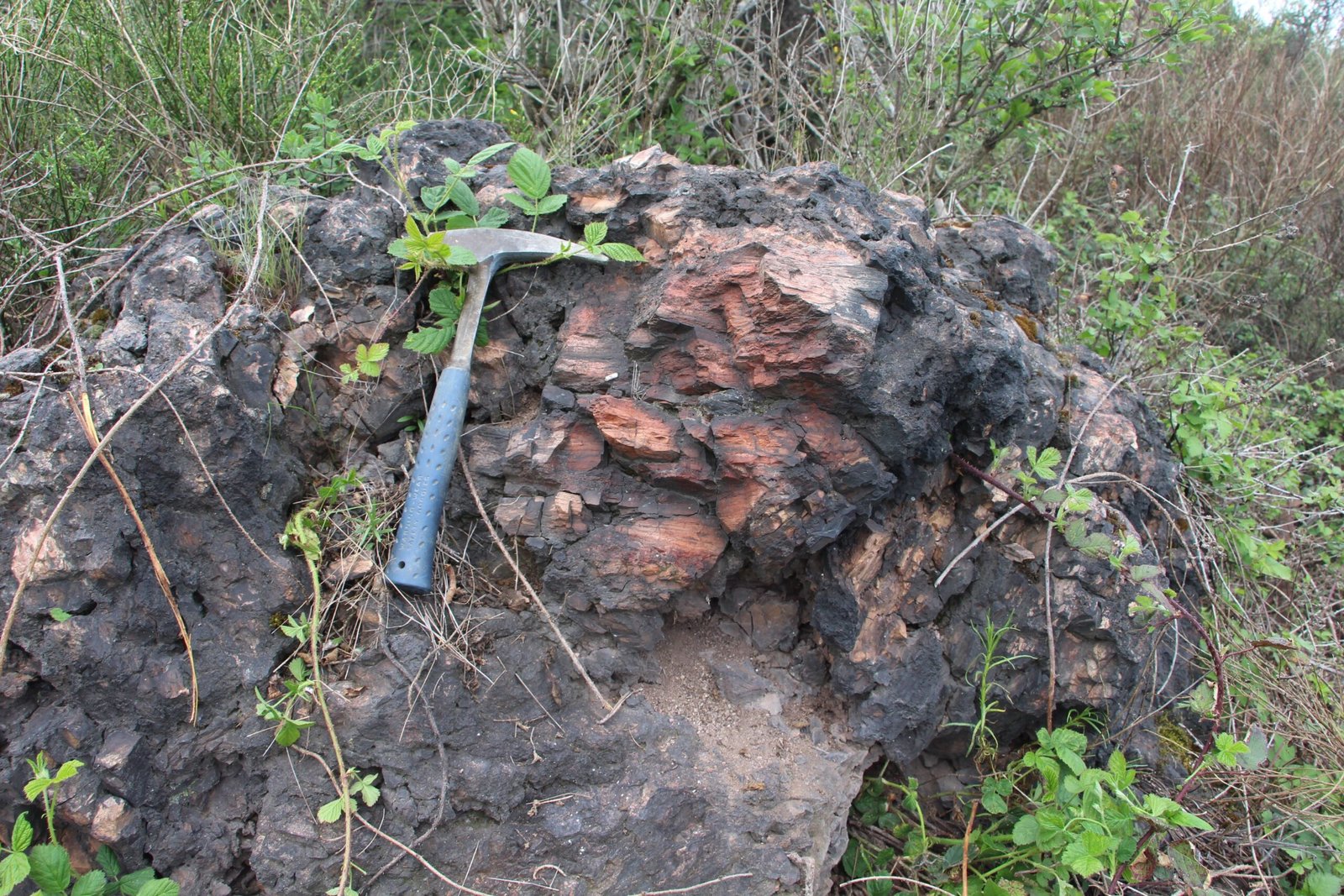
Coal seam fires like Centralia’s are both fascinating and terrifying. Unlike most fires, these blazes move below ground, feeding on veins of coal and spreading through cracks and tunnels. Once ignited, coal can burn at temperatures over 1,000 degrees Fahrenheit, turning rock into ash and releasing toxic gases. The fire moves slowly, sometimes just a few feet per year, but it never truly sleeps. Even heavy rain, snow, or attempts to smother it can’t put it out. The fire simply shifts, finding new coal seams to devour. Imagine a slow-motion dragon, winding its way through the earth, impossible to see but impossible to ignore.
Centralia: A Town Consumed by Fire
Centralia was once a thriving mining town, home to more than a thousand people, with bustling shops, schools, and churches dotting its streets. But as the fire spread, it brought more than just heat—it poisoned the air with carbon monoxide, cracked roads with rising steam, and made the ground itself unstable. Residents began to feel the earth tremble beneath their feet, and thick, sulfurous smoke rose from unexpected places. Houses grew hot to the touch, and sinkholes would open without warning. Over time, the risks became too great, and the town was abandoned, leaving behind a ghostly shell of a community.
The Relocation of a Community
By the 1980s, Centralia’s fire had become impossible to live with. When a 12-year-old boy nearly fell into a sinkhole that belched poisonous steam, it was a wake-up call for both locals and the government. Swift action followed: families were offered buyouts, and homes were bulldozed. Streets that once echoed with laughter and life fell silent. Only a handful of residents refused to leave, stubbornly clinging to their memories and their land. Today, Centralia stands as a monument to loss, resilience, and the strange ways disaster can shape identity.
The Science of Smoldering Fires
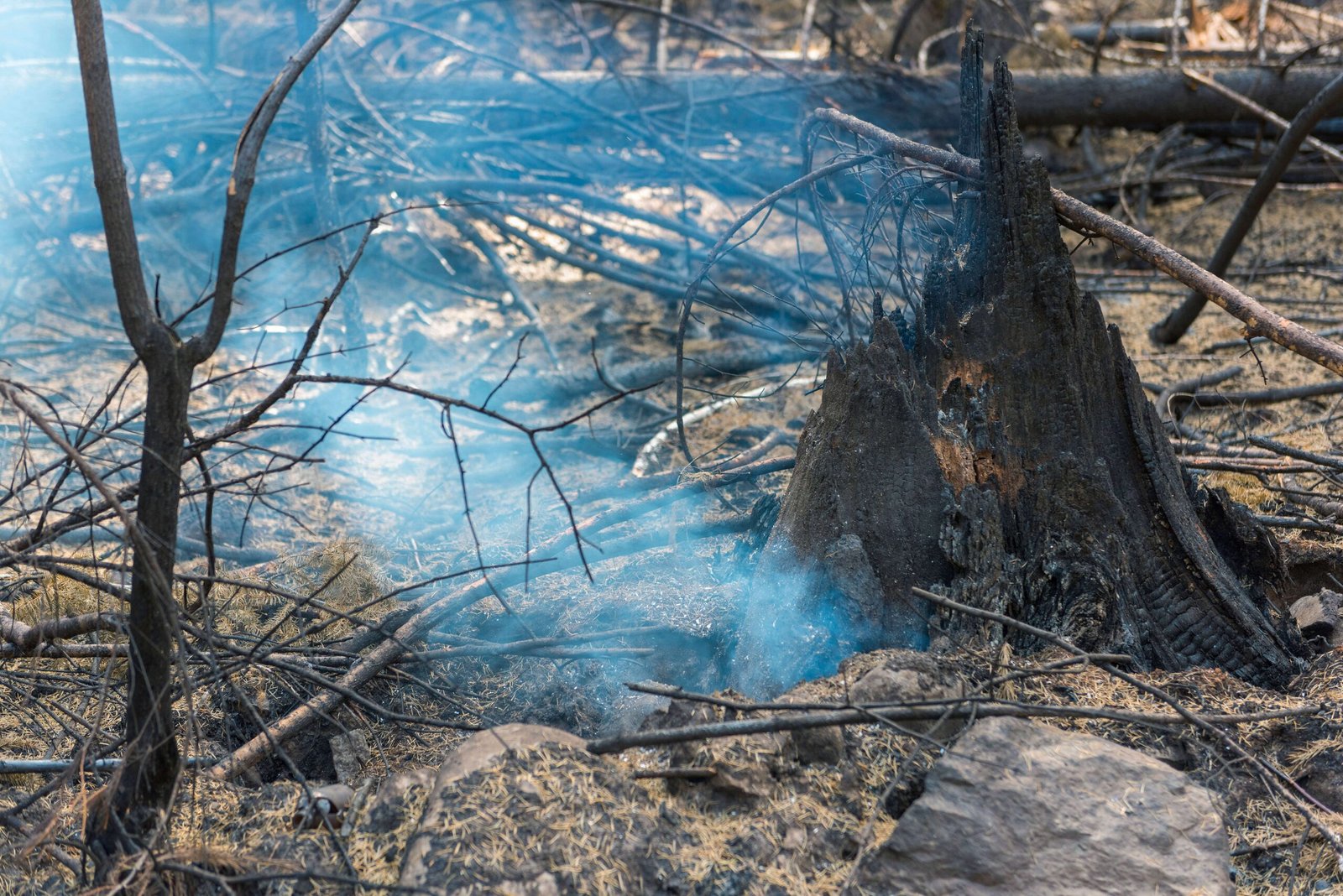
Coal fires like Centralia’s aren’t easily extinguished. Coal is a stubborn fuel, especially anthracite, which burns longer and hotter than most other types. When coal burns underground, it creates an oxygen-starved environment, allowing the fire to smolder rather than blaze. This slow burn means the fire can creep through layers of rock, sometimes undetected for months or years. Scientists compare it to a compost pile that gets hot enough to ignite, only instead of rotting leaves, it’s ancient carbon-rich rock fueling the flame. Attempting to put out such a fire is a bit like trying to blow out a candle with a hurricane—futile and sometimes dangerous.
The Toxic Legacy: Gases and Pollution
Centralia’s fire isn’t just a local concern—it’s a persistent source of air pollution. As coal burns, it releases a cocktail of toxic gases: carbon monoxide, sulfur dioxide, and even arsenic. These gases can seep up through cracks and escape into the air, creating invisible but deadly hazards. Residents once reported headaches, nausea, and even hallucinations, all symptoms of chronic exposure. The pollution doesn’t just linger in the air; it can contaminate soil and water, turning once-fertile land into a toxic wasteland. The environmental impact stretches far beyond the burned-out streets.
Visible Signs: Smoke, Steam, and Sinkholes
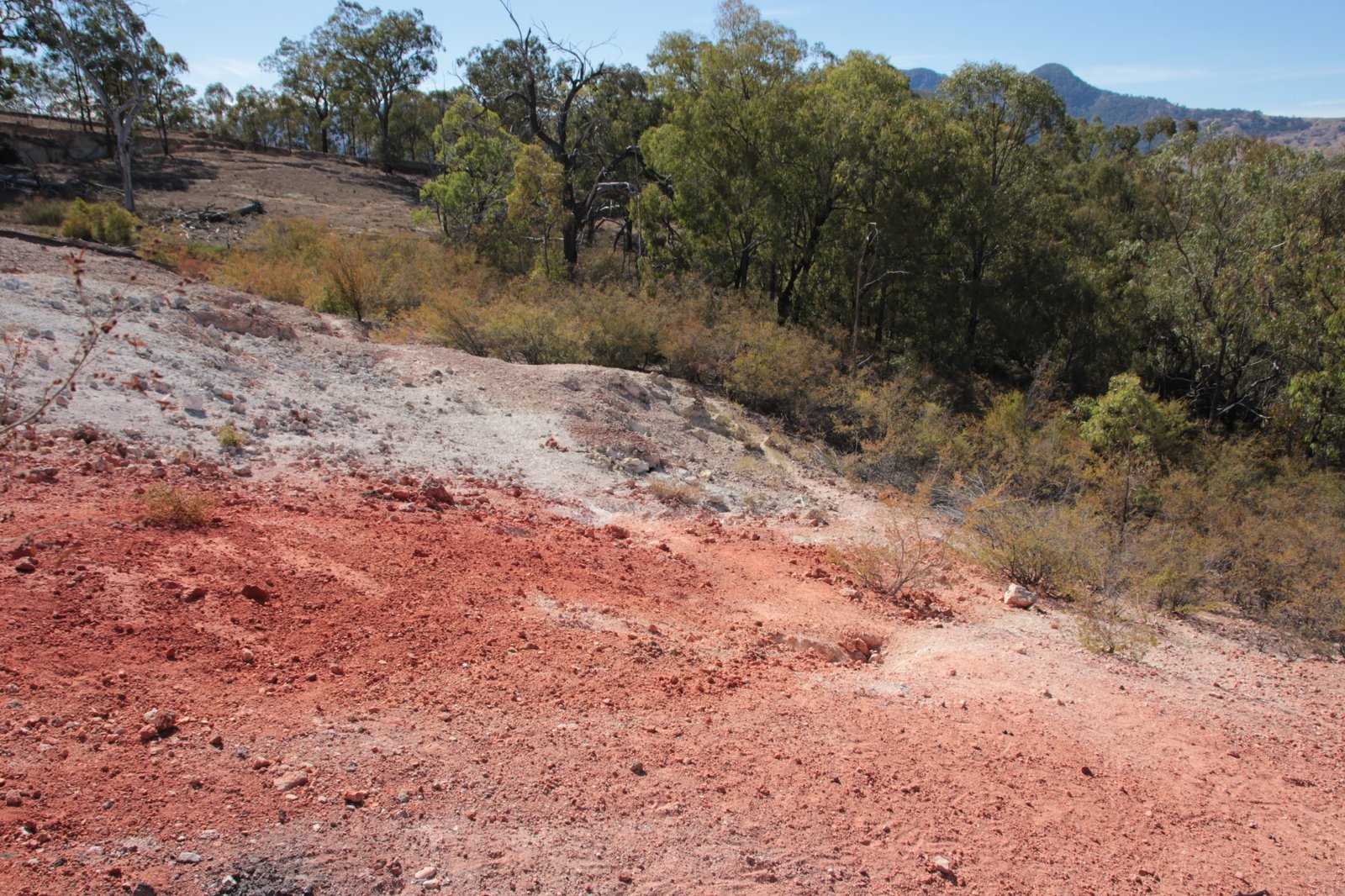
Even today, Centralia offers eerie evidence of the fire below. Wisps of smoke rise from the ground, carrying the unmistakable scent of burning coal. Steam vents curl up through cracks in the pavement, especially after rain or snow. Sinkholes open without warning, some large enough to swallow cars or threaten entire buildings. The most famous symbol is the warped and buckled highway, now covered in graffiti, where heat and shifting earth have torn the road apart. Walking through Centralia feels like stepping into a landscape where the rules of nature have been rewritten.
The Unstoppable Fire: Failed Extinguishing Efforts

Over the years, engineers and scientists tried nearly everything to put out Centralia’s fire. Massive trenches were dug to isolate the blaze, and tons of clay, sand, and fly ash were dumped into the burning mines in hopes of suffocation. Water was poured in by the millions of gallons, and even experimental chemical foam was used. Yet, every effort failed—the fire would simply find a way around, creeping into fresh coal seams and starting anew. The sheer scale and complexity of the underground network made any lasting solution impossible. The fire seemed to have a mind of its own, always staying one step ahead.
The Ghost Town’s Last Residents
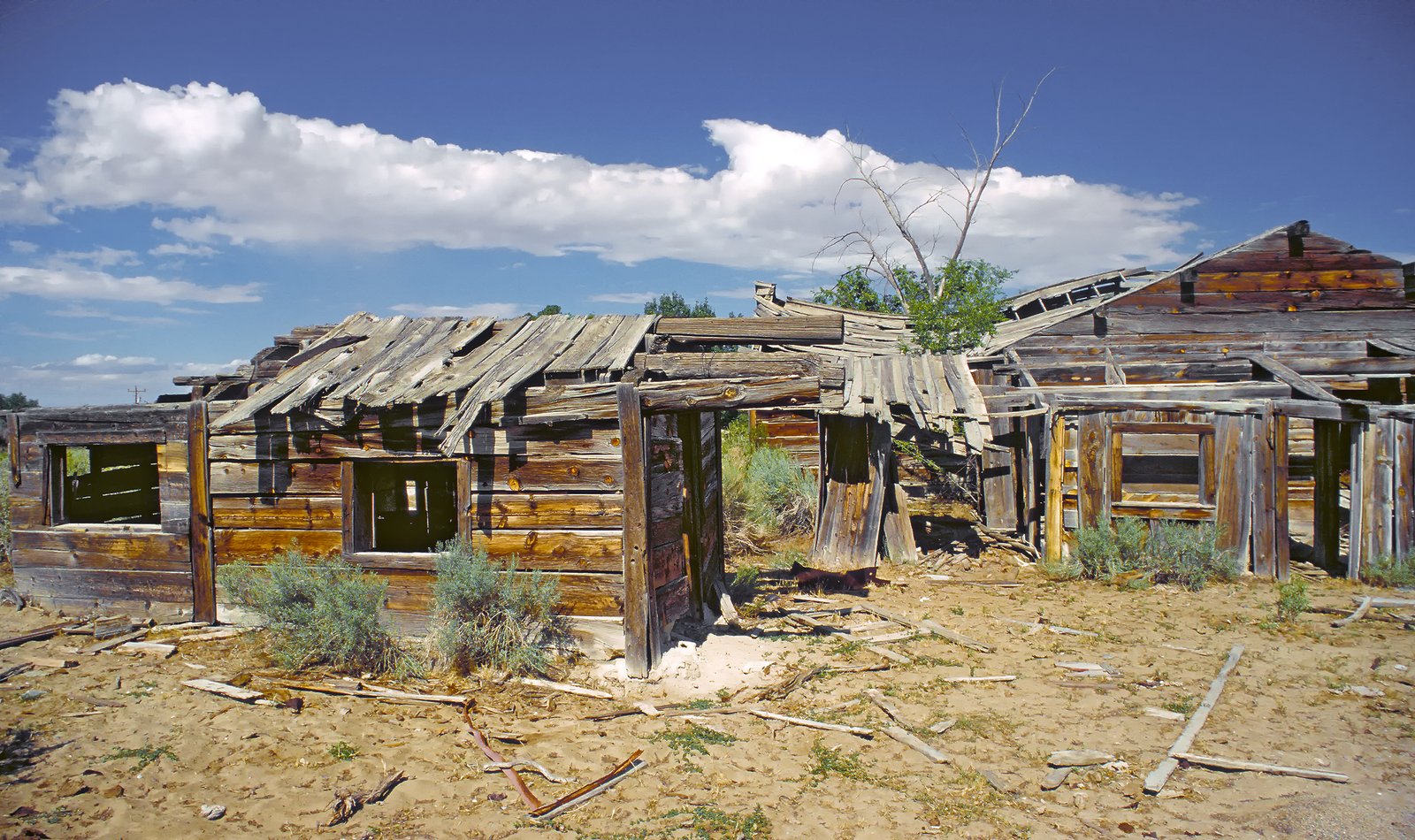
Against all odds, a handful of Centralia residents refused to leave. These stubborn souls became legends in their own right, determined to live out their days on the land they loved, fire or no fire. The state eventually allowed them to stay, provided they understood the risks. Their homes stand amid empty lots and crumbling streets, surrounded by reminders of what once was. For them, the burning mountain isn’t just a disaster—it’s a part of their heritage, a strange point of pride, and a daily challenge unlike any other.
Nature’s Takeover: Flora and Fauna
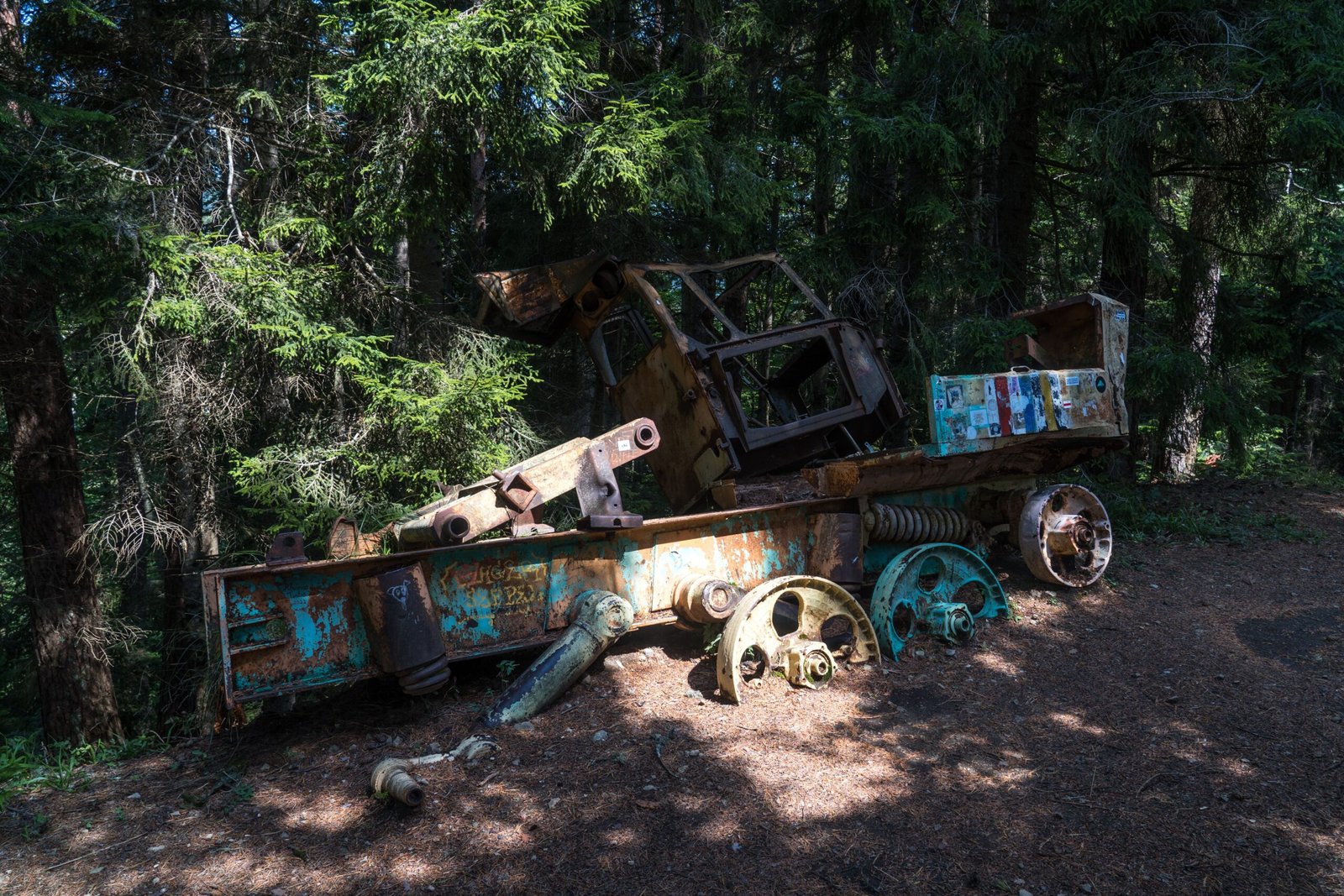
With people gone, nature began to reclaim Centralia. Trees, grasses, and wildflowers sprouted where houses once stood. Animals crept back in, making homes in the untamed fields and forests. But the fire’s presence left its mark: some plants wilted from the heat, while others thrived in the unusual warmth. Certain species of insects and birds found shelter in the quiet ruins, their calls echoing through empty streets. In this way, Centralia became both a cautionary tale and a living laboratory for how nature adapts to the most unexpected circumstances.
The Global Problem of Coal Fires
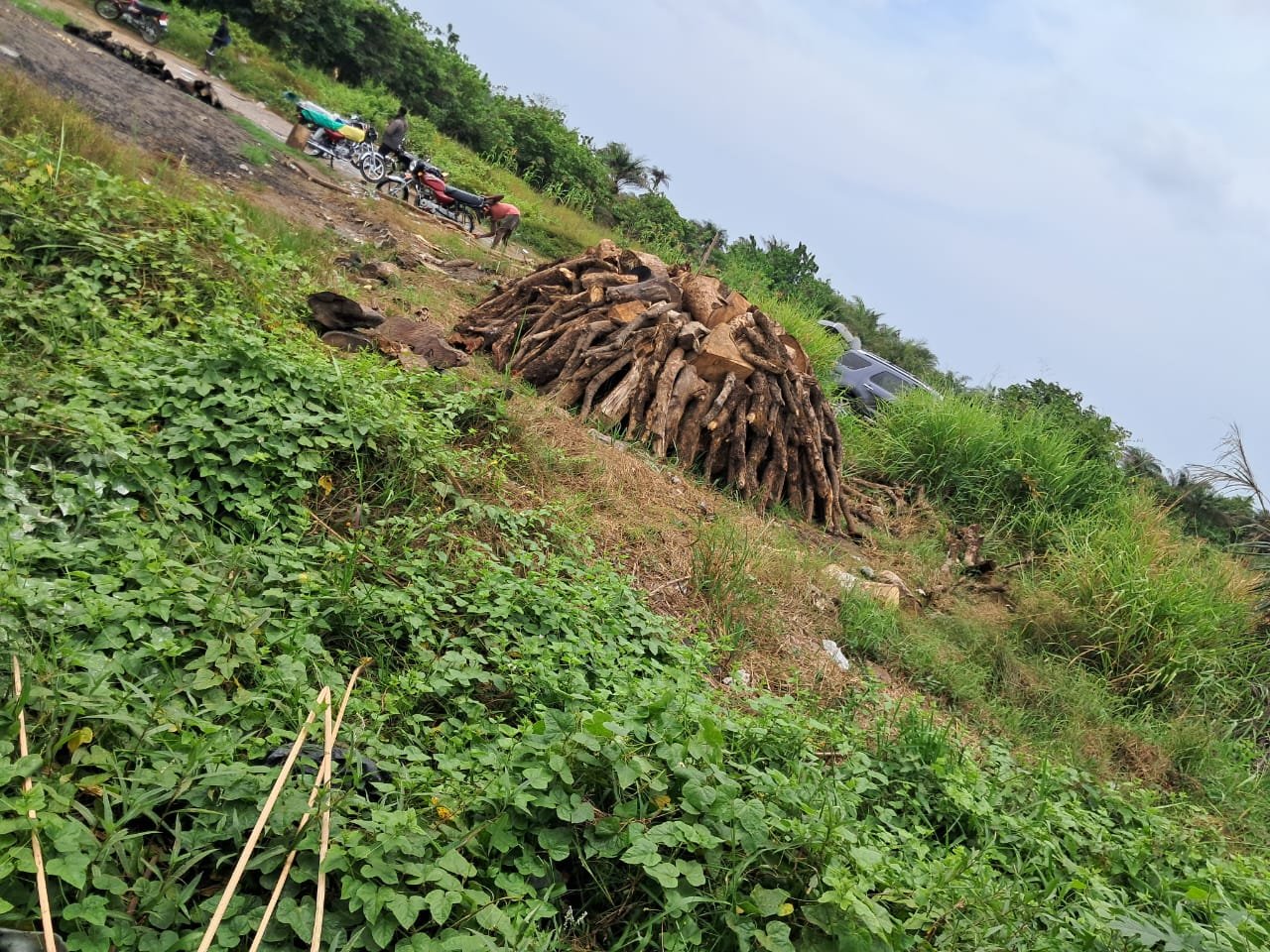
Centralia isn’t alone. Across the world, coal seam fires burn in places like China, India, and Australia. Some have raged for centuries, their flames hidden but relentless. In places like Jharia, India, entire neighborhoods exist in a haze of smoke and danger, much like Centralia once did. Scientists estimate thousands of underground coal fires are burning at any given moment, consuming millions of tons of coal each year. These fires contribute to climate change, release hazardous pollutants, and destroy valuable resources.
Economic Impact: The Cost of Disaster
The Centralia fire’s economic toll is staggering. The cost of relocation, firefighting efforts, and environmental remediation has stretched into the hundreds of millions of dollars. Abandoned properties, lost tax revenue, and the destruction of infrastructure have left lasting scars on the region’s economy. Mining operations were shuttered, and businesses fled. The fire not only took lives and homes—it consumed livelihoods and dreams. Even today, the story of Centralia stands as a stark reminder of how a single mistake can ripple through generations.
Cultural Legends and Urban Myths
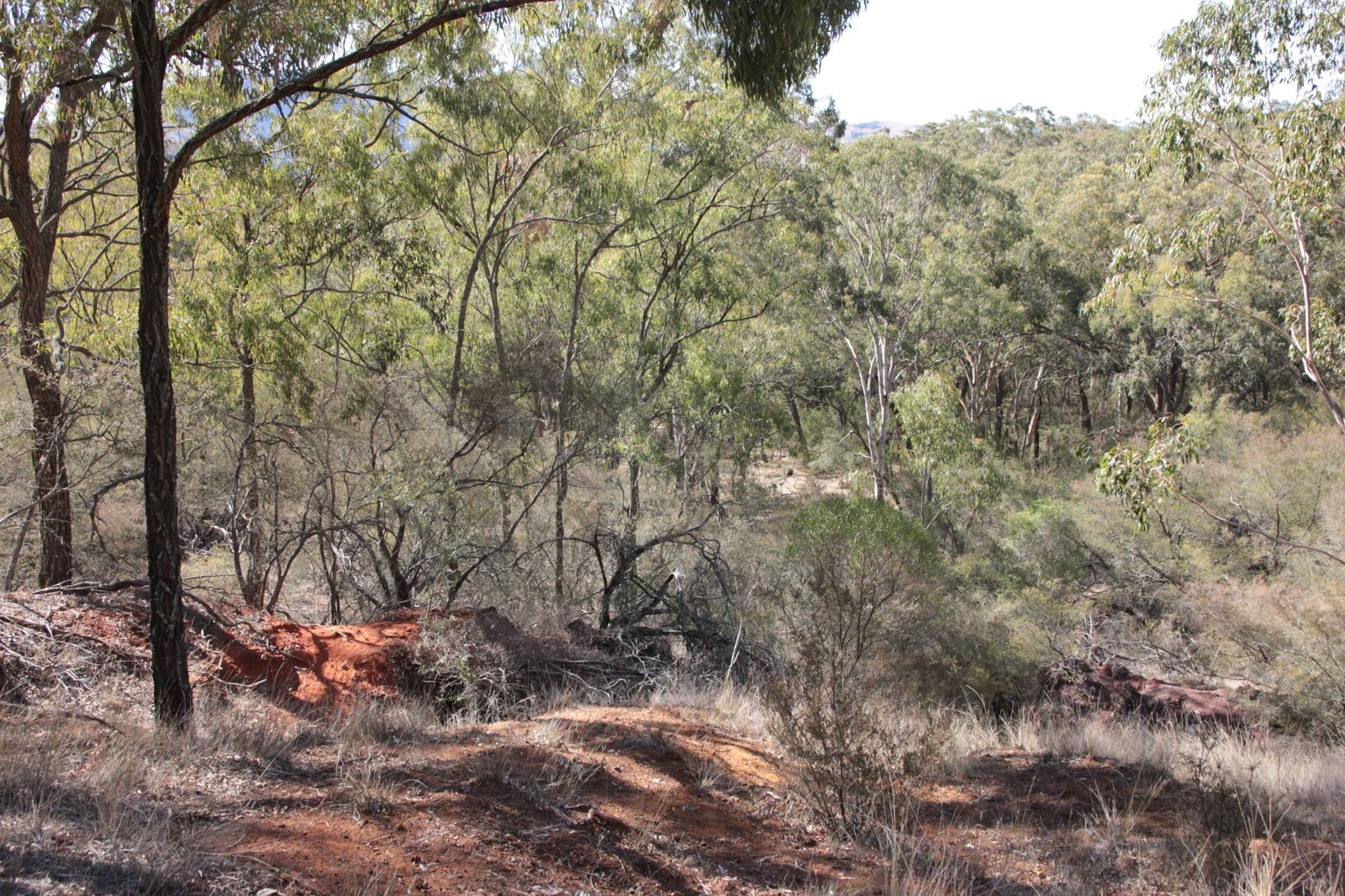
Centralia’s eerie landscape has inspired a wave of myths and legends. Some say the town is cursed, while others claim it’s haunted by the ghosts of miners who died beneath the earth. The otherworldly atmosphere—smoke, abandoned buildings, scorched earth—has even inspired popular culture. The horror video game and movie “Silent Hill” drew direct inspiration from Centralia, capturing its haunting sense of isolation and danger. These stories, both true and imagined, have given Centralia a strange new life as a symbol of the mysterious and the unexplained.
Environmental Lessons Learned
Centralia’s tragedy has taught the world hard lessons about environmental stewardship and risk management. Today, stricter regulations govern how landfills are managed near coal seams, and mining operations must follow protocols to prevent similar disasters. Scientists and engineers study Centralia as a case study in what can go wrong when human actions collide with natural forces. The fire reminds us that the earth is not just a resource to be used, but a living system that demands respect and caution.
Modern-Day Curiosity: Tourism and Exploration
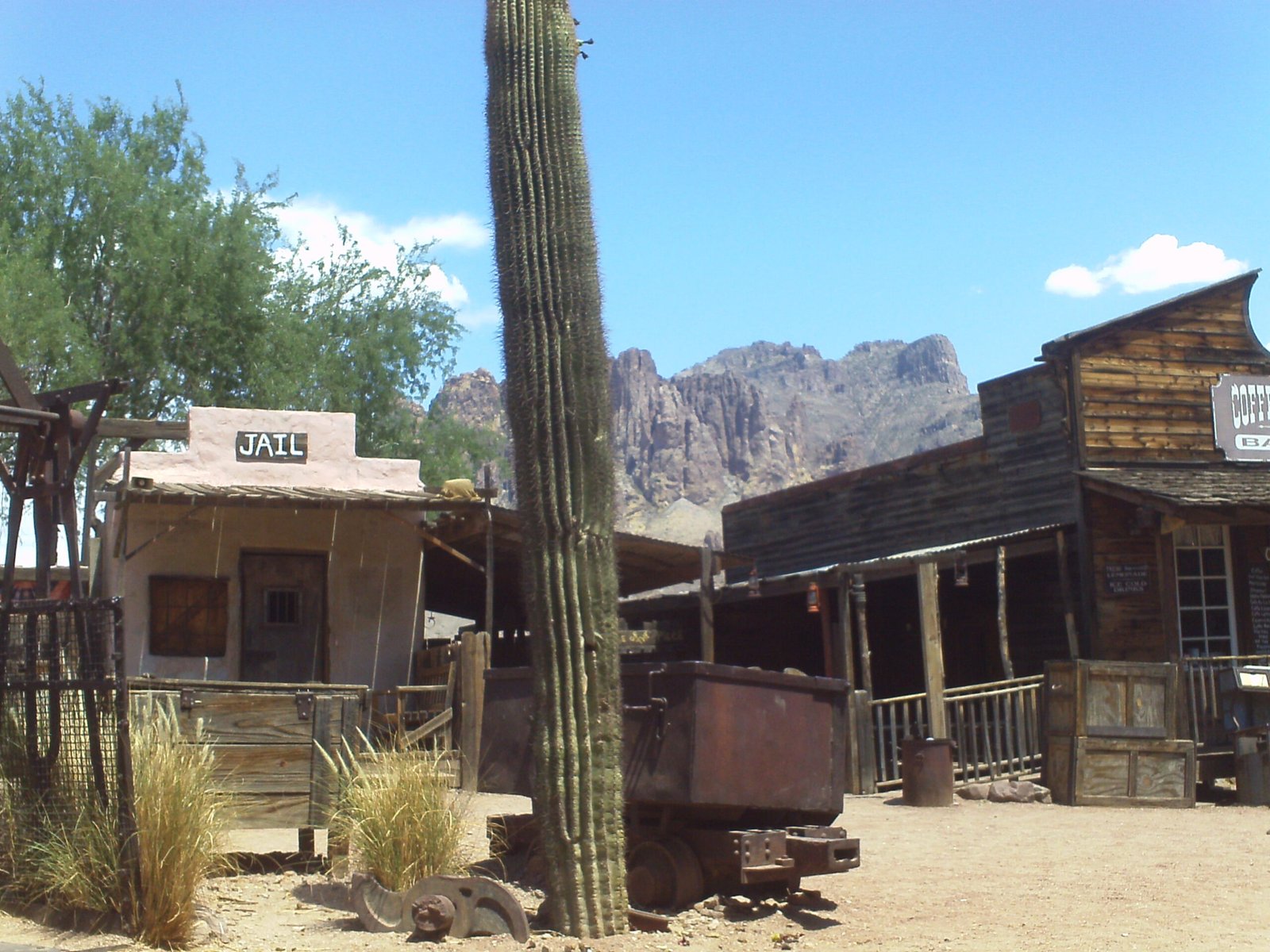
Despite its dangers,—or perhaps because of them—Centralia draws curious visitors from far and wide. Urban explorers, ghost hunters, and thrill-seekers walk its abandoned streets, snapping photos of graffiti-covered ruins and steaming vents. For many, visiting Centralia is a way to witness history up close, to feel the heat of a story that refuses to die. Tourists leave with more than just pictures—they leave with a sense of awe and unease, reminded of how fragile and unpredictable our world can be.
The Future of the Burning Mountain
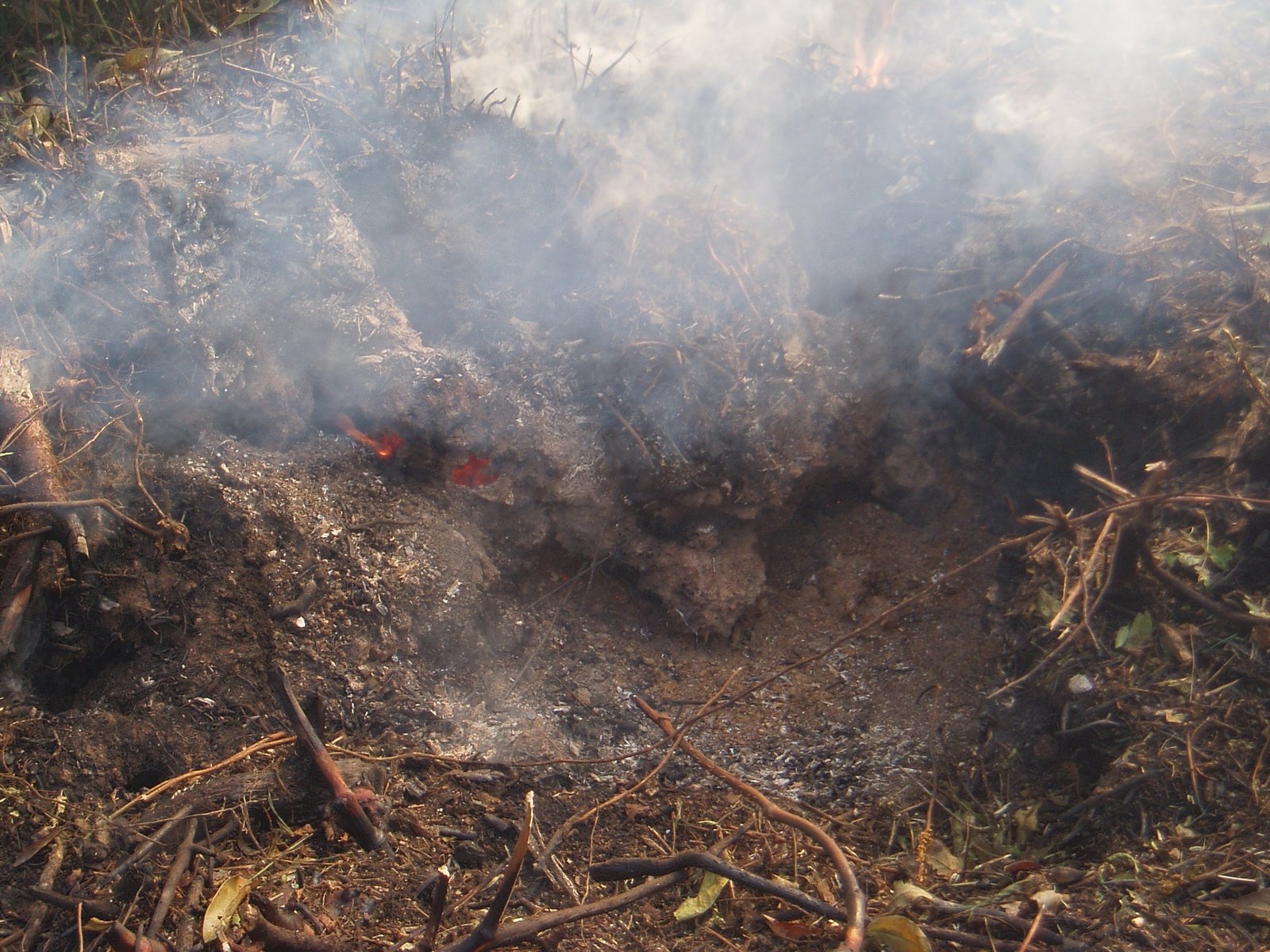
Experts predict that Centralia’s fire could burn for another 250 years, if not longer. With so much coal left underground, the blaze has no reason to stop. As the fire continues, the town will fade even further into memory, its story preserved by those who study, visit, and remember. Centralia is a stark warning about the dangers hidden beneath our feet, but it’s also a testament to human resilience and the enduring power of nature. As the smoke continues to rise, one can’t help but wonder: how many other fires—literal or metaphorical—are smoldering, just out of sight, waiting to change the world?




